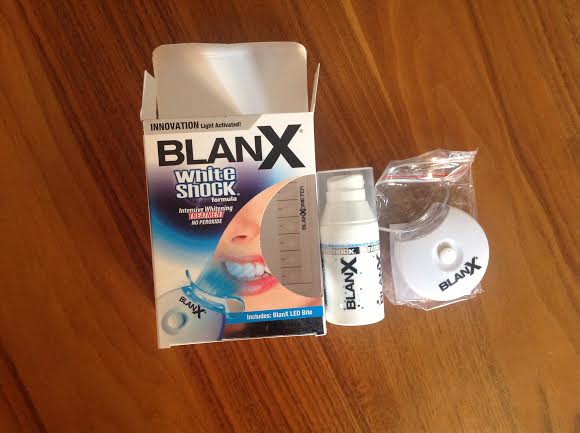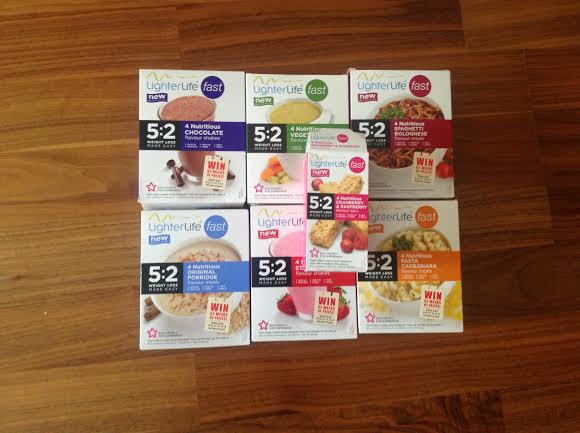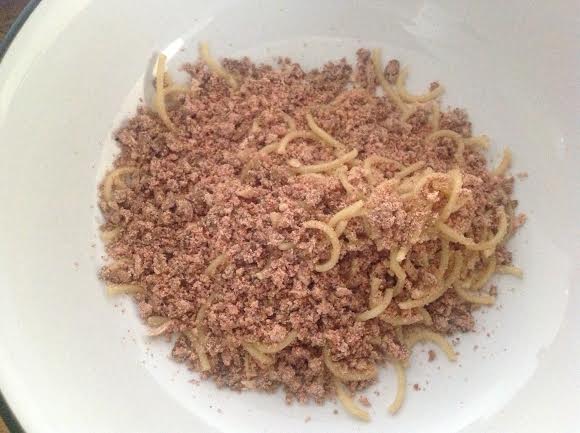The Capsule Collection: The five key supplements everyone woman needs this season.
We enlist the help of Nutritionist Cassandra Barns from www.nutricentre.com to give us the latest on what’s hot in health.

Blue shirt, maxi dress, oversized floppy hat; our classic spring/summer wardrobe never lets us down. But what about our skin, hair, nails and waistlines? What supplement staples do we need to have in our kitchen cabinets this summer? Cassandra has developed the ultimate S/S Capsule Collection to keep us looking and feeling great….
Nowadays there are hundreds of different types of supplements available in health food stores and online, and the choice can be very bewildering. Although some may be designed for specific purposes or health goals, there are a few key supplements that most people could benefit from and that can be helpful to have at home.

1. The Omega-3
EPA and DHA are two omega-3 fatty acids with specific health benefits that are also great for glossy hair, strong nails and supple skin. In foods, they are found mainly in oily fish and fish livers, with small amounts of DHA found in seaweeds such as nori. However the typical western diet often contains too much omega 6 in relation to omega 3, and we need a ratio of 1:1 or 1:2 for optimal health.
Omega 3 fats can also help burn body fat. How? Omega 3 helps your body respond better to a hormone called Leptin. Leptin tells your brain to suppress your appetite as well as increases your metabolism. Leptin also causes your body to burn fat for energy, however if your body isn’t responding to Leptin correctly then the reverse happens, you’ll be hungrier and you’ll store more fat.
Find standard fish oil supplements too fishy? Check out the new VeryWise range of 6 fruit based Omega 3 shots providing a nutritious and tasty alternative. As well as the general fish oil supplement OmegaWise, there are 5 targeted oils JointWise, CardioWise, MetaboWise, EnergyWise and BrainWise, each of which contains added fruit sterols, vitamins and minerals relevant to that particular health goal.
VeryWise’s new range of Omega 3 oils start from £5.95, available at www.verywisenutrition.co.uk
Other health benefits include:
• Brain health, memory, learning and concentration.
• Eye health. DHA is also concentrated in the retina of the eye and has an essential role in its function.
• Heart health. Fish oils are well-known for their heart health benefits, and numerous studies back this up.
• Pregnancy and the developing child. Because of its role in brain health and development, DHA accumulates in the brain of the foetus in the later stages of pregnancy, and in the new-born baby. Studies link levels of DHA in the mother during pregnancy – and the use of DHA supplements – to benefits for the brain and nervous system in the child after birth11.
• Controlling inflammation and pain. EPA and DHA are thought to have several anti-inflammatory actions, including working against a specific omega-6 fatty acid (arachidonic acid) that can encourage inflammation.
Vegetarian or vegan, or just prefer to avoid fish and fish oils? There is now an excellent Omega 3 supplement derived from marine algae, Vegamega-3, £14.95 from www.nutricentre.com This is the first supplement on the UK market to provide decent amounts of both DHA and EPA from a non-fish source: two capsules contain 310mg and 155mg respectively, an amount comparable to that in many standard fish oil supplements.

2. The Multivitamin and Mineral supplement
A multivitamin supplement is an obvious first choice. This is principally because these products contain multiple nutrients, which can help to fill in the gaps in our diet and may benefit our health in many ways. A high proportion of the UK population is falling short of the government’s RDA of vitamins & minerals. And remember that the RDA levels are just minimum requirements, not optimal amounts. So it’s worth taking a good quality multivitamin to fill those gaps and act as a good ‘insurance policy’.
Want more energy for that Rave workout? A multivitamin can be a good choice for anyone to support energy levels and the immune system, areas where most of us need help from time to time. For normal energy production, we need to take in sufficient levels of several B vitamins, vitamin C, and the minerals iron, iodine, magnesium, calcium, copper and manganese. And for the immune system, we need to get enough of vitamins A, C and D, B6, B12 and folic acid, as well as copper, zinc, iron and selenium.
For a comprehensive, high-strength multivitamin and mineral supplement for adults, try Nature’s Plus ‘Source of Life Gold Gummies’. This food based supplement also contains plentiful antioxidants, as well as enzymes, amino acids and whole food extracts, and is a particularly popular choice for energy support. Source of Life GoldGummies available from all good health stores like Holland & Barrett
3. Co Enzyme Q10
Coenzyme Q10 or Co Q10 is your anti-ageing secret weapon, both inside and out. The antioxidants within Co Q10 can withstand and help reverse skin damage, preserving the collagen and elastin within your skin cells to make you appear younger. Co Q10 is a vitamin-like substance, present in every cell in our body, which is vital for energy production.But although the body makes its own Co Q10, levels have been found to decrease from the age of 20 onwards!
More and more products on the market, particularly skin-care creams, are adding Co Q10 as an ingredient because of these properties. Co Qu10 also supports brain health and helps protect against age-related memory decline as well as quenching free radicals that damage cells and age the skin; a very powerful antioxidant, decreasing the ageing process in our cells, arteries, hearts, gums and brains.
Quest Vitamin’s Ubiquinol Qu10 contains 100mg of CoenzymeQ10 in an innovative new formulation to guarantee efficacy. £18.55 for a month supply from all good health stores and www.questexcellence.com
4. The Probiotic
Probiotics are supplements of ‘friendly bacteria’ such as lactobacillus acidophilus that aim to support the populations of healthy microorganisms in our digestive tract. Probiotics are best known for encouraging good digestion, keeping you regular and helping with problems such as bloating.
Prone to summer sniffles and hayfever? You could benefit from upping your friendly bacteria. One of the most important roles of the good bacteria is its involvement with our immune system. It is thought that as much as 70 to 80% of the body’s immune cells are found in the walls of the digestive tract, and the trillions of bacteria in our gut come into very close contact with these immune cells. They are also thought be necessary for reducing or controlling the response where there is no real threat, as occurs with allergies and autoimmune conditions (where the immune system over-reacts to the wrong things).
Other – perhaps surprising – areas of our health that may benefit from probiotic support include:
• Joint health – through their link to the immune system, the good bacteria may help prevent the autoimmune reactions that can inflame our joints, as well as generally controlling inflammation in the body.
• Oral health – by helping to control the populations of ‘bad’ bacteria that can cause dental caries (tooth decay).
• Maintaining healthy cholesterol levels. Cholesterol is filtered out of the blood by the liver and enters the digestive tract in the bile. Although some of the cholesterol is reabsorbed, some of it is excreted, and it is thought that the healthy gut bacteria have a role in ensuring this happens. A successful clinical trial has been carried out using the probiotic strain lactobacillus plantarumfor helping to lower cholesterol.
• Low mood and anxiety. Many nerve cells (neurons) line the walls of the digestive tract; so many in fact that the gut is sometimes referred to as our ‘second brain’.These nerve cells are directly linked to the brain itself via a nerve called the vagus nerve. This strong connection means how we feel can directly affect our digestion, but the reverse may also be true – the state of our gut could affect how we feel. Clinical trials have found that probiotics may be supportive for low mood, anxietyand ‘psychological distress.
For good quality probiotic supplements, try the new ‘ProVen probiotics’ range. All ProVen supplements are made with the ‘Lab4’ probiotic strains (of lactobacilli and bifidobacteria) that have been extensively tested in UK studies. The range includes different probiotic supplements for adults, children, babies and toddlers, for women during pregnancy, a specific product for travelling abroad (to protect against bacteria and the unbalancing effects of unfamiliar foods), and even versions that combine these probiotics with multivitamins.
Try ProVen’s new Adult Probiotic Plus Total Immune & Energy Support, £8.95 from www.provenprobiotics.co.uk
5. Magnesium
Mineral Magnesium is one of the nutrients whose intake commonly falls low in the UK population, with 40% of females and 36% of males getting less than the EAR (Estimated Average Requirement).
Magnesium has many roles in the body – in fact, it is known to be necessary for over 300 enzyme reactions, including those that generate energy from the food that we eat, and those that produce DNA and RNA for normal cell growth and reproduction. It is also necessary for allowing our muscles to relax, as it blocks the flow of calcium into the muscle cells (a process that causes muscle to contract). About half the magnesium in our body is stored in our bones, and it plays a role in bone strength. It may also play a role in blood sugar regulation.21 Magnesium is also necessary for normal function of the nervous system, and normal psychological function. Because of all these different roles, deficiency in magnesium has been linked to many symptoms and conditions. These include cramping or twitching of the muscles, fatigue, insomnia, lack of appetite, confusion and poor memory.Low levels of magnesium are also associated with conditions such as high blood pressure, osteoporosis and diabetes, migraines, PMS and even depression.
Try Quest’s Synergistic Magnesium, £4.99 from www.questexcellence.com with vitamin B6, which enhances the absorption of the magnesium.





















